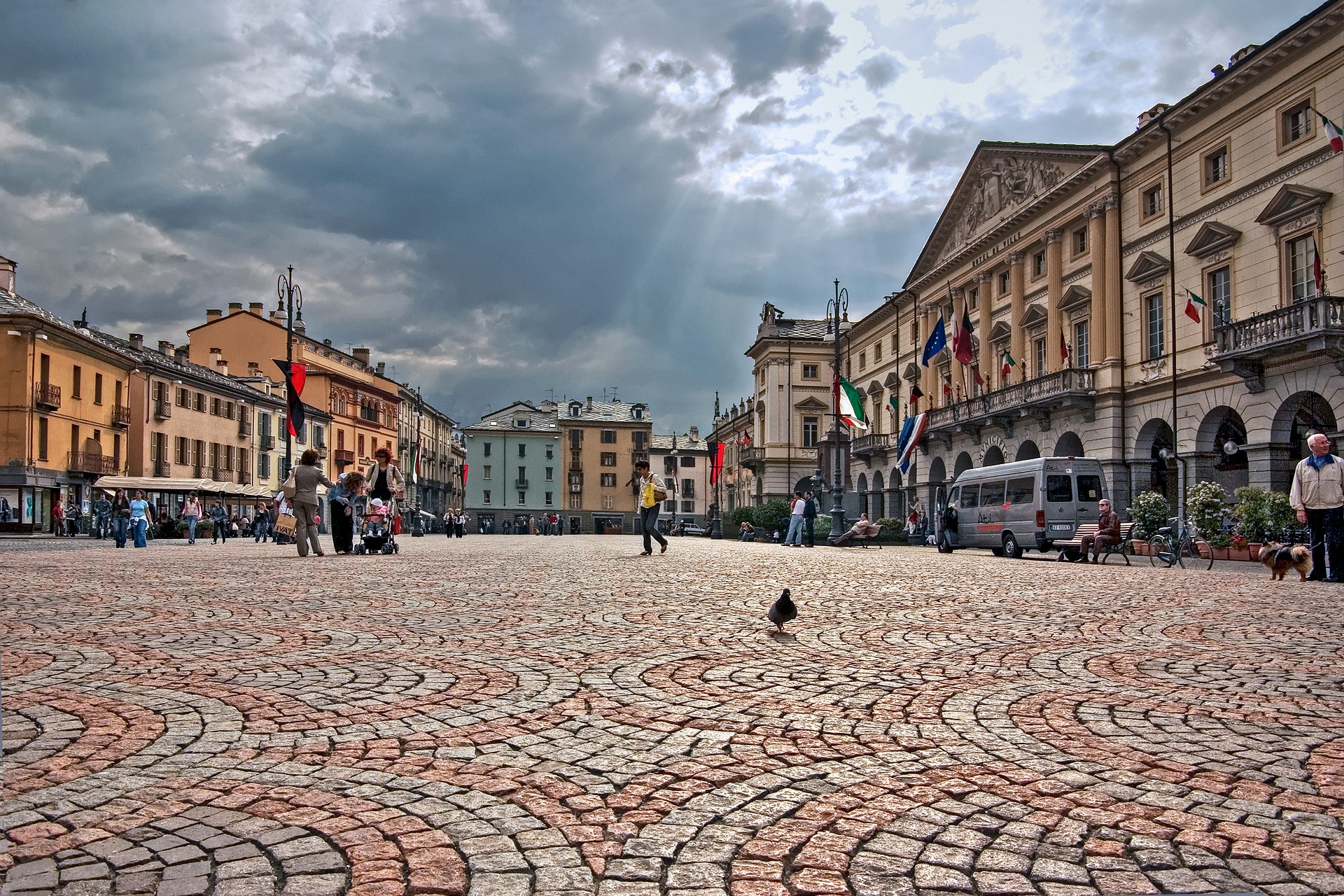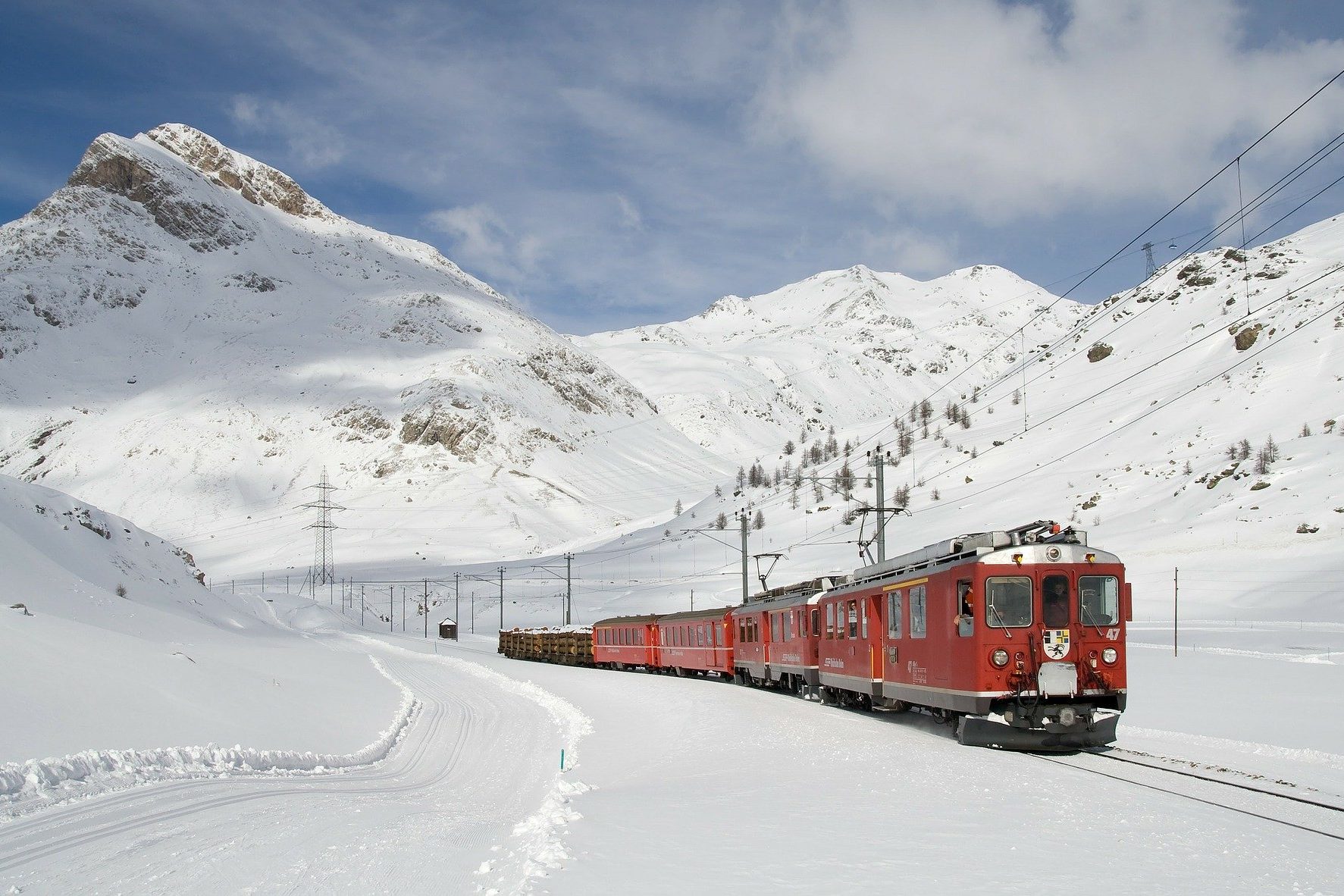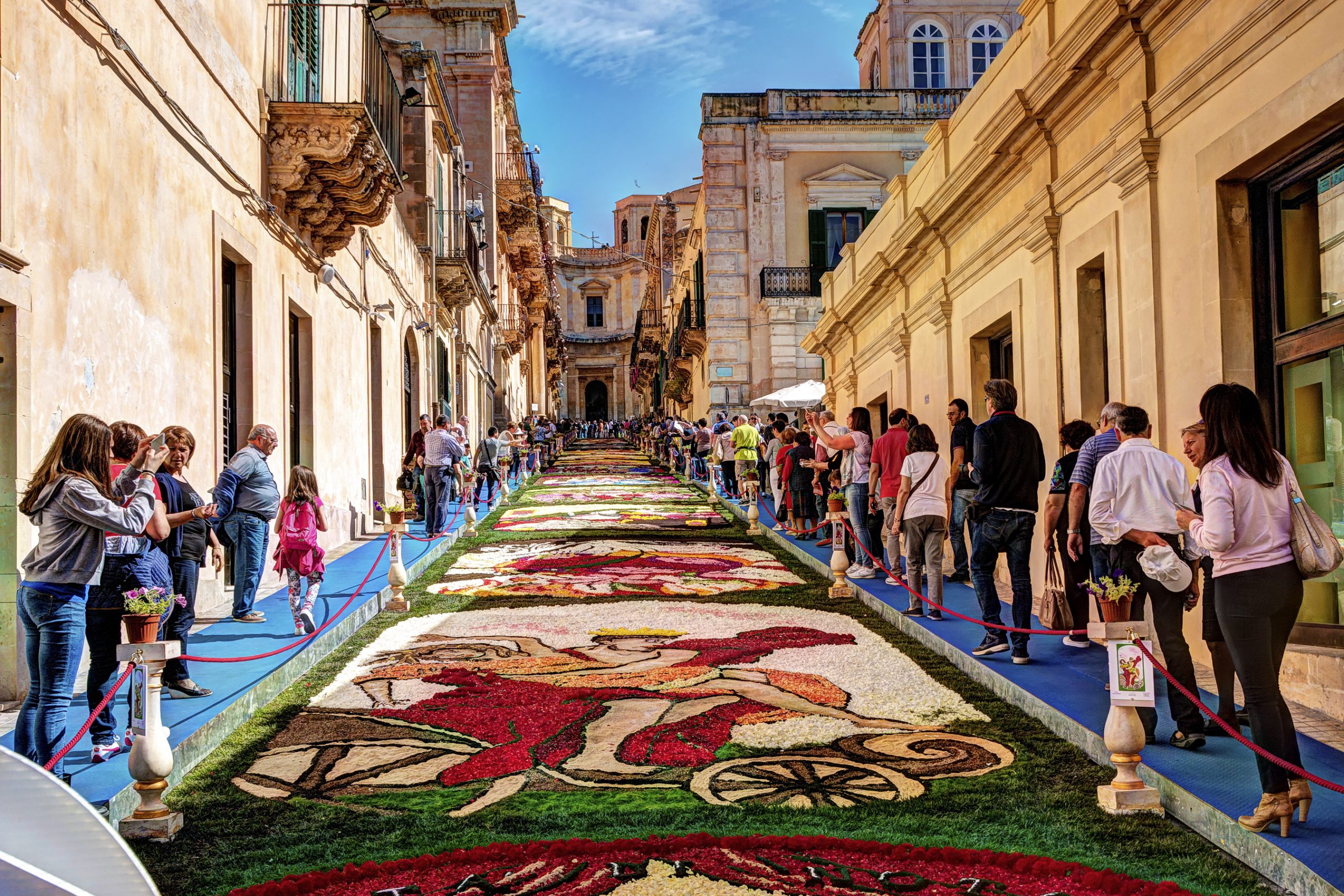This time of year, Aosta, Italy hosts the Fair of Saint Ursus (Sant’Orso in Italian and Saint’Ours in French). This thousand-year-old festival will showcase the work of local artisans in the city center’s ancient quarter January 30-31.
With the beautiful backdrop of the snow-covered Alps, the Fair of Sant’Orso attracts thousands of alpine wood workers and artists who demonstrate the mastery of their material along the city’s old-fashioned windy roads.
Aosta is the main city of Aosta Valley, a bilingual (French and Italian) region of the Alps. Sixty-eight miles northwest of Turin, Aosta Valley is the only region of Italy that is not divided into provinces. The Romanesque-gothic Church of Sant’Orso boasts a medieval cloister made with marble sculpted capitals and ancient symbols depicting scenes from the Old and New Testament and the life of Saint Ursus.
The fair began as homage to Saint Ursus, a 6th century Irish monk who lived in Aosta. He was a skilled carver known for giving “sabot”, traditional Aosta Valley wooden clogs, and clothes to the poor. For the people of Aosta who were terrorized by the cruel bishop Plocean, Ursus served as a peaceful and kind reminder of what he believed Christianity should embody.
The festival allegedly began in front of the Sant’Orso Church, where the venerated Saint would distribute clothing and shoes to the poor. In the Middle Ages, it took place in the ancient town by the Sant’Orso Church. Now the festival occurs throughout the entire city center, starting in the main Piazza Emille Chanoux.
Craftsmen traditionally brought items carved of wood, like the grolla (wooden bowl with many sprouts designed to share wine) and mortar and pestles, whisks, etc. Other classic novelties are pillow lace and willow basket making. Now, fine lace and woolen fabrics are sold alongside furniture, sculptures, and farming equipment.
Festivalgoers have become a diverse, numerous bunch. Walking along the cobble stone road street you may find an Italian lady dressed in and fur coat probably examining a carved wooden panel depicting the Crucifixion. She is comparing the contours of the alpine craftwork to the wooden Franciscan cross she purchased in Jerusalem.
Children like to play with the traditional “les cornailles”, stylized cows with stumpy bodies and no legs. Les Cornailles are sometimes sheep or hens with tall necks and even mules. Their parents are often nearby admiring the wooden dangling hearts or the butter molds.
The local artisans display these handcrafted wooden butter molds with snowflake designs that they spent months perfecting in their cozy workshops. The wooden clogs that Saint Ursus carved for the poor are on display next to ancient wooden looms and homemade baskets.
The January snow tends to fall on the woolen caps and mittensof carolers as their wintry choruses grow stronger. Italian trumpet and bagpipe players permeate the atmosphere with their sounds of glad tidings and joy.
Each year, the fair chooses a symbol to celebrate its artisans. For the 1013th fair, the “paletta di beuro”, or butter scoop, was chosen because it is commonly used in mountain pastures and dairy farms. Skilled craftsmen use this tool to decorate butter with geometric, floral, or religious patterns. Their unique technique attracts collectors and butter lovers alike.
On the night of January 30, the city puts on a festive vigil called “Veillà” in which people fill the streets and enjoy local food and wine. Regional specialties include moceta, leg of chamois cured similarly to prosciutto, zuppa alla valdostana (cabbage soup glazed with melted fontina cheese. Rich polenta with fontina is very common in Aosta.
Fairgoers enjoy the traditional alpine music and folk dances, along with the multitude of wooden crafts and local, authentic items like the “puin” slippers made with woven cloth from Gressoney. The mountain folk enjoy the opportunity to proudly showcase their handmade goods. It’s a wonderful time of year.































